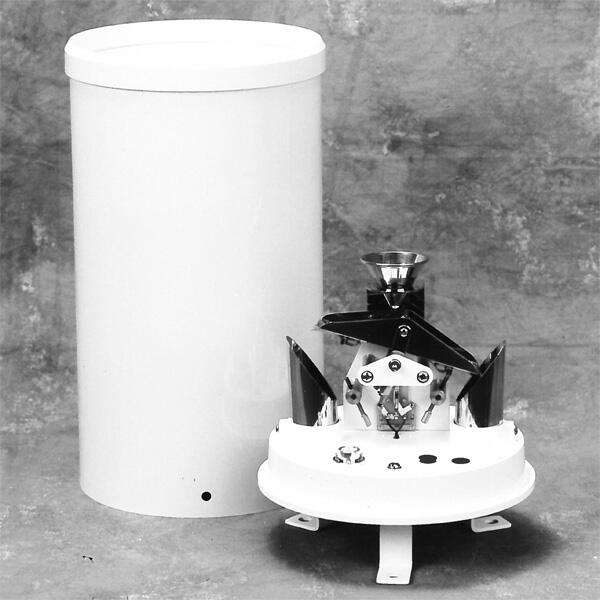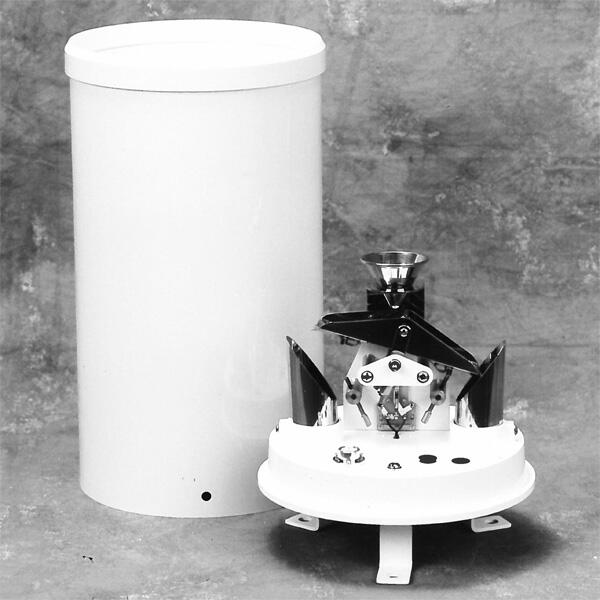
# Rain Gauge: A Comprehensive Description and Functionality Overview
## Introduction to Rain Gauges
A rain gauge is a meteorological instrument used to measure the amount of liquid precipitation over a set period of time. It is an essential tool for weather monitoring, agriculture, hydrology, and environmental studies. By providing accurate rainfall data, rain gauges help in understanding weather patterns, managing water resources, and predicting potential flooding.
## Types of Rain Gauges
Rain gauges come in various designs, each suited for specific applications. Below are the most common types:
### 1. Standard Rain Gauge
The standard rain gauge, also known as the manual rain gauge, consists of a cylindrical container with a funnel at the top. Precipitation is collected in the container, and the amount is measured using a graduated scale. This type is simple, reliable, and widely used in weather stations.
### 2. Tipping Bucket Rain Gauge
The tipping bucket rain gauge is an automated device that uses a small bucket mechanism to measure rainfall. As rain fills the bucket, it tips, and each tip corresponds to a specific amount of precipitation. This type is ideal for real-time data collection and remote monitoring.
### 3. Weighing Rain Gauge
A weighing rain gauge measures precipitation by weighing the collected water. It is highly accurate and can record both liquid and solid precipitation, such as snow. This type is often used in research and advanced meteorological studies.
### 4. Optical Rain Gauge
Optical rain gauges use light beams to detect and measure rainfall. When raindrops pass through the beam, they scatter the light, and the device calculates the intensity and volume of precipitation. This type is commonly used in aviation and high-tech weather monitoring systems.
## How Does a Rain Gauge Work?
The functionality of a rain gauge depends on its type. However, the basic principle involves collecting precipitation and measuring its volume or weight. Here’s a step-by-step overview of how a standard rain gauge works:
1. **Collection**: Rainwater enters the gauge through a funnel and is collected in a cylindrical container.
2. **Measurement**: The collected water is measured using a graduated scale, typically in millimeters or inches.
3. **Recording**: The data is recorded manually or automatically, depending on the gauge type.
For automated gauges like the tipping bucket or weighing rain gauge, the process involves sensors and electronic systems to record and transmit data.
## Applications of Rain Gauges
Rain gauges are used in a variety of fields, including:
– **Weather Forecasting**: Providing accurate rainfall data for predicting weather conditions.
– **Agriculture**: Helping farmers plan irrigation and crop management.
– **Hydrology**: Monitoring water levels in rivers, lakes, and reservoirs.
– **Environmental Studies**: Assessing the impact of rainfall on ecosystems and climate change.
## Choosing the Right Rain Gauge
When selecting a rain gauge, consider the following factors:
– **Accuracy**: Ensure the gauge provides precise measurements for your needs.
– **Durability**: Choose a gauge made from weather-resistant materials.
– **Ease of Use**: Opt for a design that suits your level of expertise and application.
– **Data Collection**: Decide whether manual or automated data recording is more suitable.
## Conclusion
Rain gauges are indispensable tools for measuring precipitation and understanding its impact on various aspects of life. Whether you’re a weather enthusiast, a farmer, or a researcher, choosing the right rain gauge can make a significant difference in your work. By understanding the different types and functionalities, you can make an informed decision and contribute to better weather monitoring and resource management.
Keyword: rain gauge description
